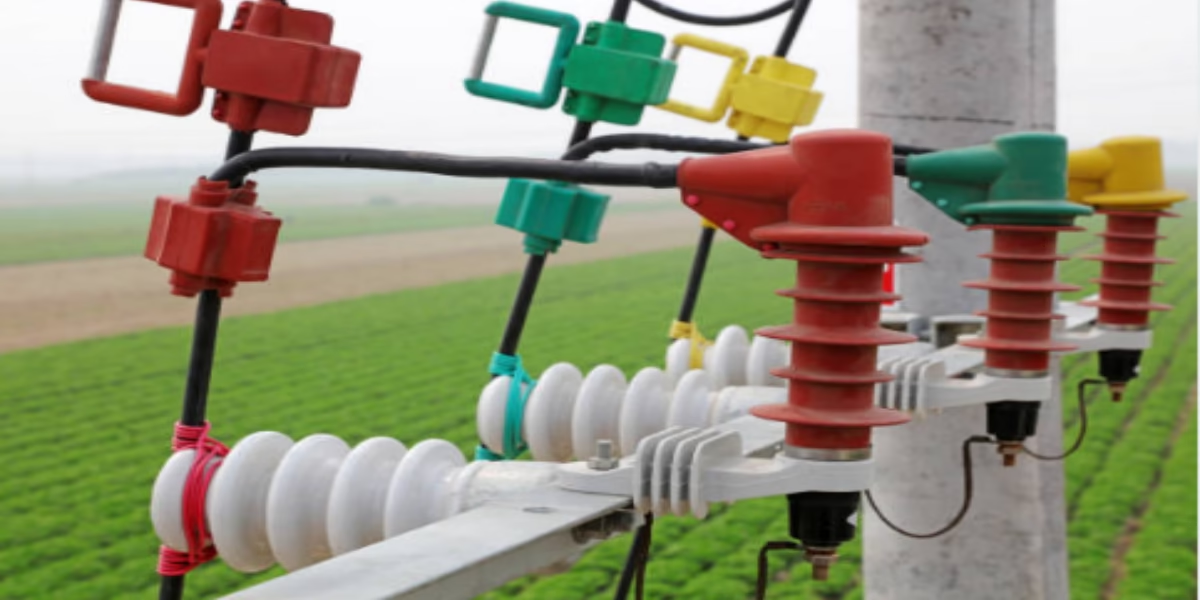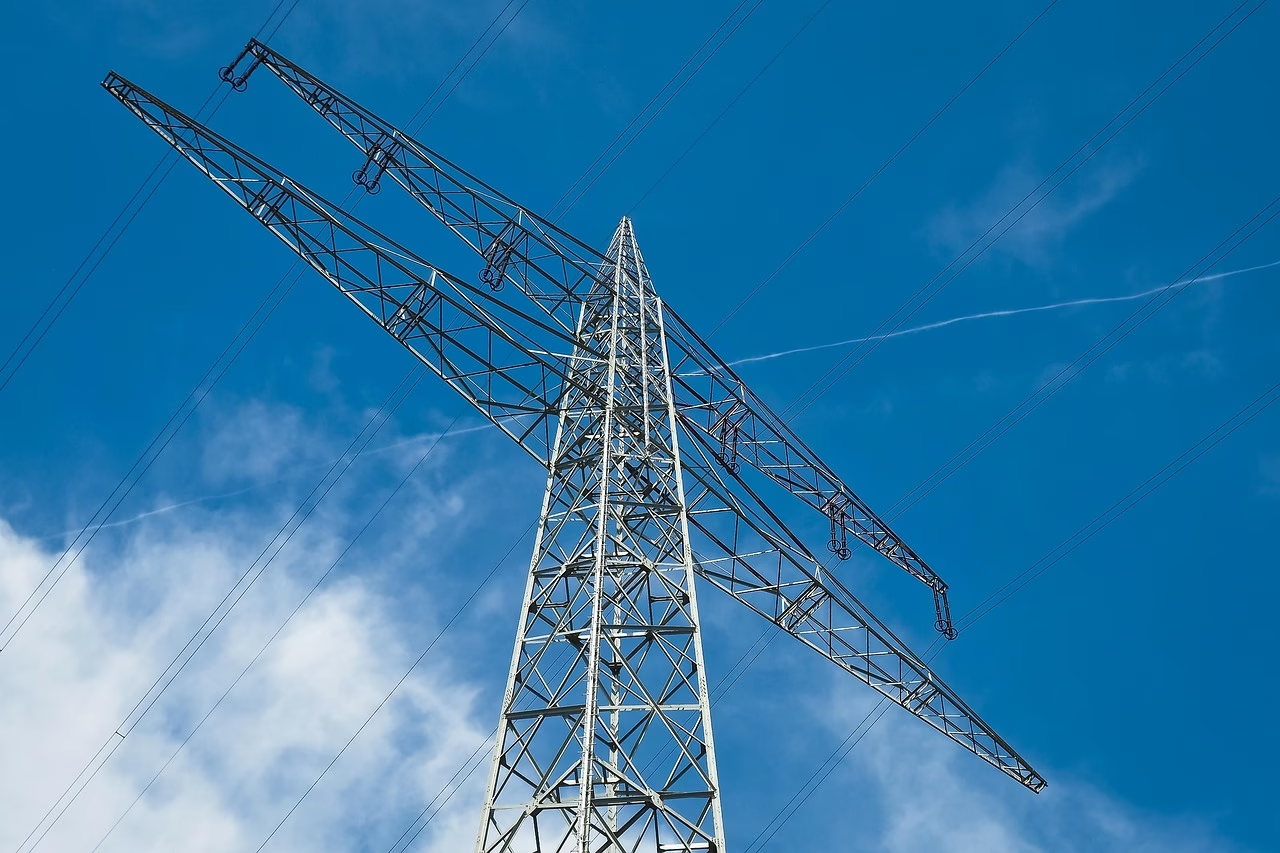In the symphony of nature,where thunder roars and lightning dances across the sky,a silent guardian often goes unnoticed. Lightning arresters, those unassuming yet vital devices, play an essential role in safeguarding our structures from the tempestuous whims of electrifying storms. As towering bolts strike with unpredictable ferocity, the need for protection becomes paramount, not just for monolithic skyscrapers but for homes, schools, and sensitive infrastructure alike. This article delves into the critical function of lightning arresters, exploring how they intercept nature's fierce currents, redirecting thier power safely into the ground, and ultimately preserving both our edifices and the lives within them. Join us on this journey as we illuminate the science, significance, and necessity of these protective measures in our built environment.
Table of Contents
- Understanding Lightning Arresters and Their Functionality
- Critical Features to Consider When Choosing Lightning Protection Systems
- Best Practices for Installing and Maintaining Lightning Arresters
- The Future of Lightning Protection: Innovations and Emerging technologies
- Q&A
- Future Outlook
Understanding Lightning Arresters and Their Functionality
Lightning arresters are critical safety devices designed to protect structures and their occupants from the devastating effects of lightning strikes. By redirecting the electrical energy produced by a lightning strike safely into the ground, they considerably mitigate the risk of fire, electrocution, and structural damage. Understanding their components and operation is key to appreciating their functionality:
- Air terminals: Also known as lightning rods, these are installed at the highest points of a structure to intercept lightning strikes.
- Conductor cables: These cables connect the air terminals to the ground, providing a low-resistance path for the electrical current.
- Grounding systems: Properly installed grounding systems allow the lightning current to dissipate into the earth safely.
The effectiveness of lightning arresters depends on various factors including installation height, materials used, and the surrounding environment. Compliance with relevant building codes and standards is essential for optimal performance. Here’s a simple comparison of different types of lightning arresters to give a clearer picture:
| Type of Lightning Arrester | key Features | Best Suited For |
|---|---|---|
| Conventional | Simple design, cost-effective | Smaller structures |
| Early Streamer Emission (ESE) | Extends protection zone, advanced technology | Taller buildings |
| low-Resistance | High conducting capacity, designed for demanding environments | Industrial facilities |
Critical Features to Consider When Choosing Lightning Protection Systems
When selecting a lightning protection system, a thorough understanding of the key components is critical for ensuring adequate safety for your structures. First and foremost, consider the material quality of the lightning conductors. Copper and aluminum are popular choices due to their high conductivity and resistance to corrosion. Additionally, it is essential to evaluate the size and configuration of the conductors, as these aspects can significantly impact the effectiveness of the system. Moreover, look into the grounding systems, as a reliable connection to the earth is vital for dissipating the electrical charge safely.
Another critically important aspect to examine is the system’s compliance with industry standards. Reputable systems should meet or exceed guidelines set by national and international organizations, ensuring a level of safety that is crucial for both residential and commercial properties.Additionally, the installation process should be performed by certified professionals to guarantee proper functionality. Regular maintenance checks are also imperative for long-term reliability and performance. A well-structured and complete approach will ultimately help safeguard your structures from the peril of lightning strikes.
Best Practices for Installing and Maintaining Lightning Arresters
When it comes to the installation of lightning arresters,it's critical to follow a precise set of guidelines to ensure optimal performance. First, select the right type of arrester for your specific structure. Consider local weather conditions, the height of the building, and the materials used in construction. Additionally, proper placement is vital—install the arrester at the highest point of the structure with clear paths for electrical discharge. This can significantly reduce the likelihood of damage during electrical storms. Other key practices include:
- Conducting a thorough site survey to identify potential hazards.
- Ensuring secure connections with robust grounding systems.
- Using high-quality materials to resist environmental wear.
Regular maintenance is just as essential in maximizing the lifespan of lightning arresters. Schedule routine inspections to check for any signs of corrosion, damage, or wear. During these assessments, pay close attention to the grounding connections, as well as the integrity of the arresters themselves. Additionally, it’s critically important to keep an updated maintenance log to track any repairs or replacements. Maintain a checklist like the one shown below to ensure comprehensive upkeep:
| Inspection Item | Frequency | Status |
|---|---|---|
| Visual inspection of components | Monthly | |
| Ground connection test | Quarterly | |
| Replacement of worn parts | As needed |
the Future of Lightning Protection: Innovations and Emerging Technologies
As climate change continues to intensify, the need for effective lightning protection systems becomes increasingly critical.Innovations in materials science and engineering are paving the way for smarter,more efficient lightning arresters that not only protect structures but also minimize their environmental footprint. advanced conductive materials, such as carbon nanotubes and graphene, are being integrated into protection systems to enhance conductivity and reduce energy loss. These materials bolster the structural integrity and lifespan of arresters, ensuring they can withstand the extreme conditions associated with severe weather events.
Another exciting development on the horizon includes the integration of IoT technology into lightning protection systems. By equipping lightning arresters with smart sensors,buildings can gain real-time insights into lightning strikes,allowing for immediate data analysis and response. This interconnectedness enables property owners to monitor and maintain their systems proactively, ensuring consistent functionality and reducing the risk of severe damage. The combination of predictive maintenance algorithms and cloud-based data analysis could revolutionize how we approach lightning protection,providing unprecedented security and reliability for both commercial and residential structures.
Q&A
Q&A: Understanding the Essential role of Lightning Arresters in Safeguarding Structures
Q1: What is a lightning arrester and how does it work?
A1: A lightning arrester, often referred to as a lightning rod, is a device designed to protect structures from lightning strikes. It works by providing a low-resistance path for lightning to follow,diverting the electrical discharge safely to the ground. When lightning strikes, the arrester captures the energy and directs it away from the structure, thereby minimizing the risk of fire, structural damage, and injury.
Q2: Why are lightning arresters important for safeguarding structures?
A2: Lightning arresters are crucial for safeguarding structures because they help to prevent severe damage that can result from lightning strikes. This damage can include fires, electrical surges, and physical destruction of the building. By installing a lightning arrester, property owners take proactive steps to protect their investments, ensure safety for occupants, and reduce potential repair costs associated with lightning damage.
Q3: Who should consider installing lightning arresters?
A3: Naturally, institutions located in lightning-prone areas—such as schools, hospitals, and high-rise buildings—should consider installing lightning arresters.however, any property owner who seeks to enhance safety, including residential homes and smaller commercial buildings, can benefit from the added protection.Risk assessment based on location, height, and structure materials can help determine the necessity of an arrester.
Q4: How are lightning arresters installed and maintained?
A4: lightning arresters are typically installed on the highest point of a structure, connected to a system of conductors that lead to the ground. Proper installation frequently enough requires professional expertise to ensure effectiveness and compliance with safety standards. Maintenance involves regular inspections to check for corrosion, structural integrity, and potential obstructed surfaces, ensuring the system remains fully operational.
Q5: Are all lightning arresters the same?
A5: No, not all lightning arresters are created equal. They vary in design, materials, and effectiveness based on the specific needs of a structure. Some may be more suited for residential properties, while others are designed for tall commercial buildings or industrial facilities. Understanding the unique requirements of a building is crucial to selecting the right type of arrester.
Q6: Can lightning arresters guarantee protection from all lightning strikes?
A6: While lightning arresters significantly reduce the risk of damage from lightning strikes, they cannot guarantee complete protection against all incidents. The nature of lightning is unpredictable, and while arresters enhance safety, they should be seen as a component of a broader lightning protection strategy that includes risk management, maintenance, and adherence to necessary safety guidelines.
Q7: How do lightning arresters contribute to overall safety beyond electrical protection?
A7: Beyond shielding structures from electrical damage, lightning arresters contribute to overall safety by providing peace of mind to occupants. Knowing that proper precautions are in place can reduce anxiety during thunderstorms, allowing people to focus on their activities rather than potential dangers. Additionally, minimizing fire risks protects not only the structure but also the lives of those inside it.
Q8: What steps can property owners take if they don’t have a lightning arrester?
A8: Property owners without a lightning arrester should first conduct a risk assessment to evaluate the potential threat of lightning strikes to their property. Consulting with a professional for advice on installation, exploring local regulations concerning lightning protection, and considering alternative protective measures, such as surge protectors for electrical systems, are essential next steps.Investing in lightning protection can significantly mitigate risks and enhance overall safety.
Future Outlook
In a world where nature's fury can strike unexpectedly, safeguarding our structures has never been more crucial. Lightning arresters stand as silent sentinels, tirelessly working to protect both lives and properties from the destructive forces of lightning strikes.Understanding their essential role not only deepens our gratitude for these unsung heroes but also encourages proactive measures for safety in our built environments. As technology advances and our cities grow taller, the importance of effective lightning protection systems will continue to be paramount. by investing in these safety structures today, we ensure a more secure tomorrow—a future where our homes, businesses, and cherished landmarks remain resilient against the whims of nature. safeguarding our infrastructure with lightning arresters is not just a matter of protection; it is an act of foresight that empowers us to embrace the beauty of stormy skies with confidence.





